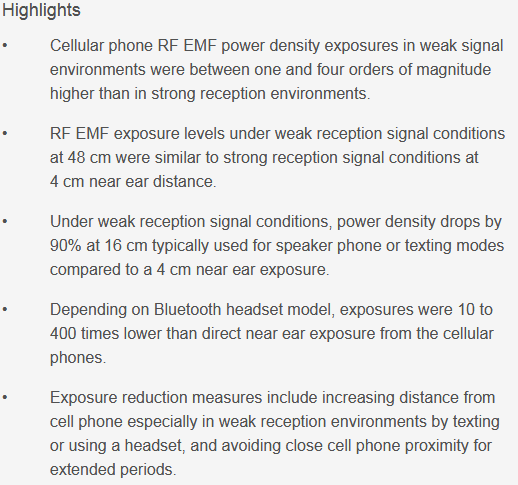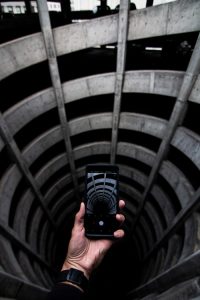Researchers at the California Department of Health say using cell phones in areas with weak reception can result in microwave radiation emissions that are 10,000 times higher than in areas with strong reception.
The study, made public this week, is being published in the journal Environmental Research, and it suggests consumers should take extra precautions when they see only one or two “bars” of reception on their mobile phones. The authors state that “precautionary use of cell phones could lessen a user’s radiofrequency EMF exposure by a factor of up to 10,000.”
The cell phone radiation exposure study in conjunction with Joel Moskowitz’s successful Public Records Act lawsuit played key roles in the California Department of Public Health’s decision to publish its landmark , “How to Reduce Exposure to Radiofrequency Energy from Cell Phones,” in December, 2017.
Real World Cellular Phone Radio-Frequency Electromagnetic Field Exposure https://www.sciencedirect.com/science/article/pii/S0013935118305024

The paper concludes with “straightforward” recommendations that the public avoid using cell phones when signals are weak, and also recommends that people should limit overall cell phone exposure by using speakerphone, choosing texting rather than voice calls and distancing the phone away from the body, even in areas with strong network signals.

